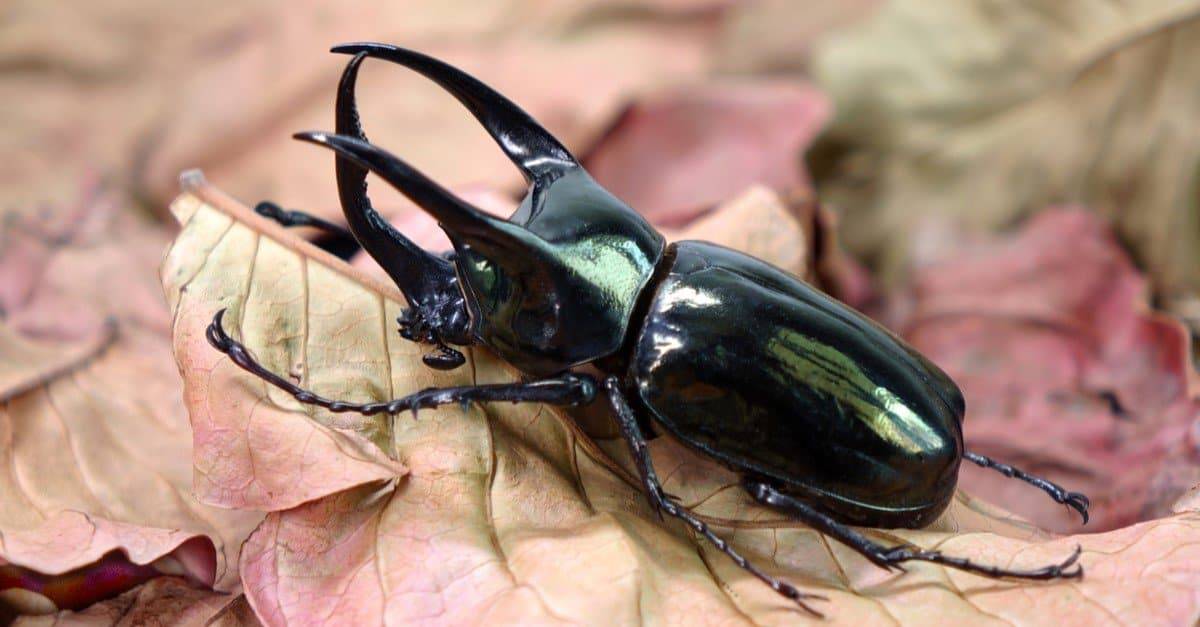The natural world is brimming with astonishing creatures, and the Atlas beetle (Chalcosoma atlas) stands as a testament to the marvels of evolution. With its remarkable appearance and behaviors, this insect has captured the curiosity of entomologists and nature enthusiasts alike. Here are five intriguing facts about the Atlas beetle:
1. Magnificent Size and Appearance:
The Atlas beetle is renowned for its impressive size, often considered one of the largest beetle species on the planet. Adult males can reach lengths of up to 4 to 5 inches (10 to 12 centimeters), making them stand out in the world of insects. They possess a distinctive, glossy black exoskeleton with intricate patterns of creases and ridges, giving them an almost armored appearance that demands attention.
2. A Rainbow of Colors: While the Atlas beetle's exoskeleton is predominantly black, it has an enchanting secret. When light strikes its exoskeleton at certain angles, it reveals an iridescent array of colors, including hues of green, purple, and blue. This phenomenon, known as structural coloration, occurs due to the microscopic structure of the exoskeleton rather than pigments. The result is a visually striking display that adds to the beetle's allure.
3. Enigmatic Horns: One of the most captivating features of the Atlas beetle is the pair of distinctive horns that adorn the heads of males. These horns, which can vary in size and shape, are used in battles for territory and mating rights. Males engage in dramatic contests, pushing and jostling each other using these horns in an attempt to establish dominance. The larger and more imposing the horns, the more likely a male is to succeed in these battles.
4. Diet and Habitat: Atlas beetles are primarily found in tropical and subtropical regions of Southeast Asia, including countries like Malaysia, Indonesia, and Thailand. They are attracted to decaying wood, where they lay their eggs. As larvae, they subsist on a diet of rotting wood, contributing to the decomposition process in their ecosystem. This role as decomposers underscores their importance in maintaining the health of their habitats.
5. Symbol of Strength and Transformation: In various cultures, the Atlas beetle holds symbolic significance. Its impressive size, coupled with its ability to transform from a humble larva into a magnificent creature, often represents strength, growth, and change. In some societies, the beetle is associated with deities or revered as a representation of the cycle of life.
In conclusion, the Atlas beetle stands as a captivating example of the wonders of the insect world. Its extraordinary size, iridescent exoskeleton, intriguing behaviors, and symbolic importance contribute to its mystique. As we continue to explore and appreciate the diversity of life on Earth, the Atlas beetle reminds us that even within the smallest creatures, there is a wealth of fascination waiting to be discovered.


